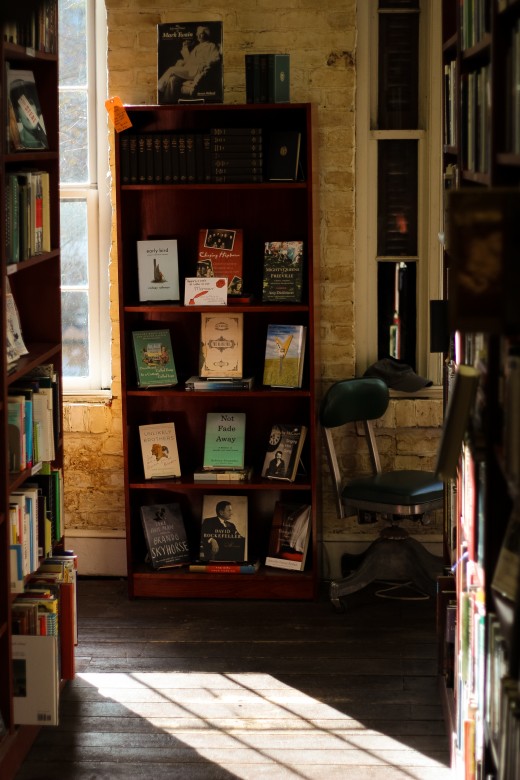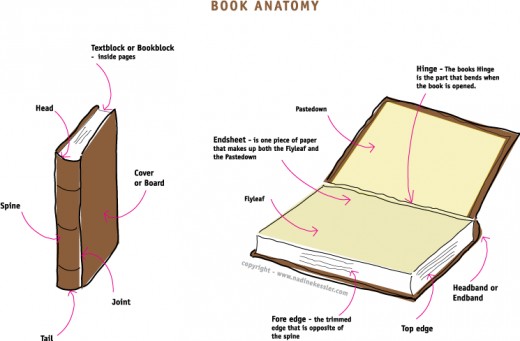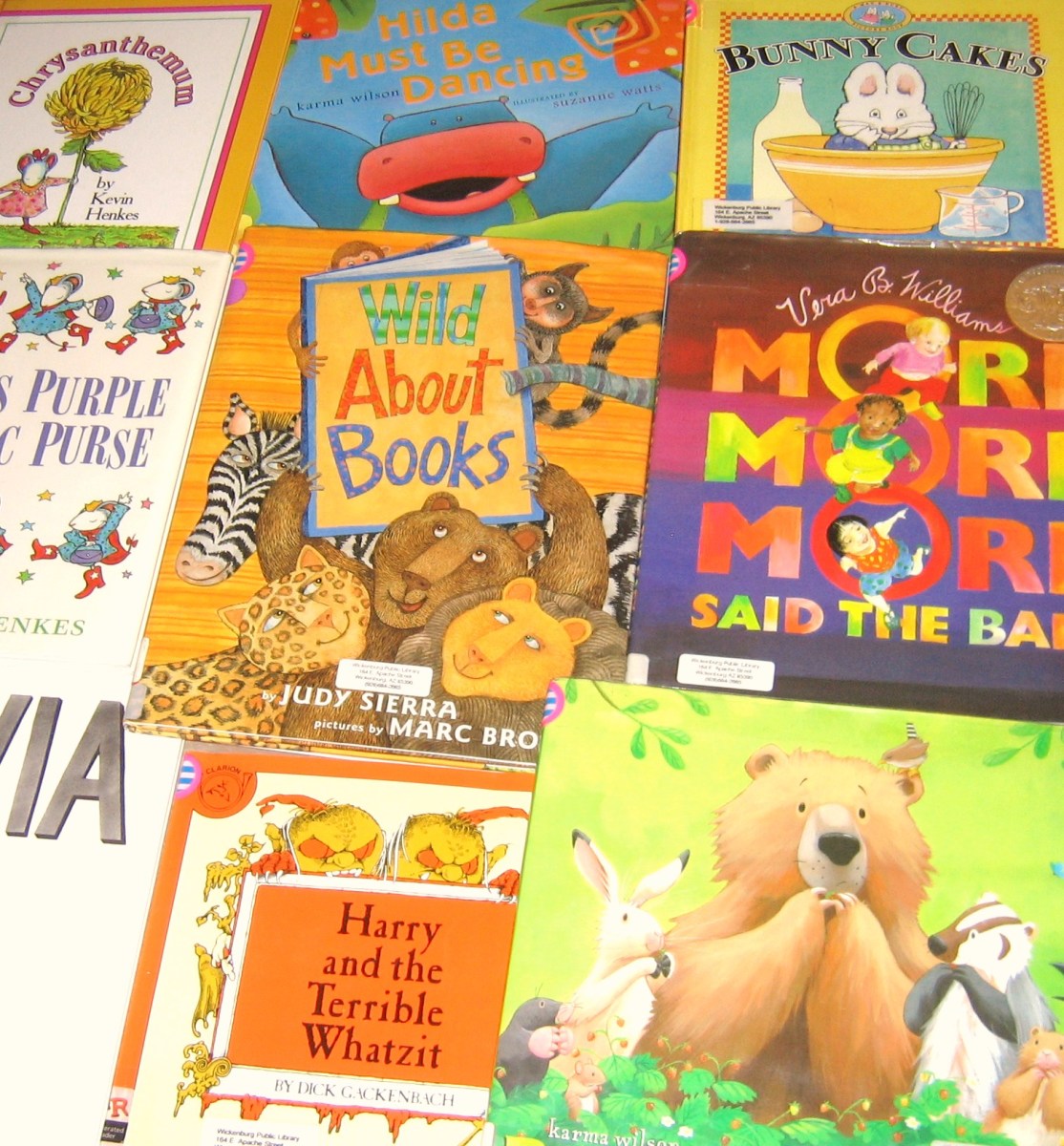Book Care 101: How to Properly Store and Clean Your Personal Library
We all know basic book ettiquete -- don't read it with greasy hands, don't sit on it, don't get it wet, and don't you fold that page corner, damn it! But not only by following these basic rules will our book survive in good condition for a lifetime. Other factors come into play when we're finally done reading that book.
This is book care 101: simple, basic rules you must follow to assure a long life to your book collection.
Having a long-lasting library relies entirely on the carer of such collection -- you and your decisions regarding how to store your books. At this point, everything is important: from the location that you choose, to how you clean them and the products that you use. It's not as difficult as it sounds, it's more planning than hard work, actually.
But before delving into it, we need to talk about the object of our study: the books.

What IS a book, after all?
We all know what a book is for -- reading and learning and having fun and immersing ourselves in different worlds and minds. But that's not what a book is.
A physical book encompasses other subtle characteristics beyond its purpose to convey ideas: its material, smell, color, shape, and, most importantly, paper, the base of everything.
And paper is not as dead as we tend to think.
Paper is, in a way, alive. It breathes and it expands and it contracts and it changes according to the environment, hour of the day, season of the year and dare I say, mood of its own.
Therefore, it's not something static. This is why taking care of books or documents in paper requires a little extra attention to the variables of the environment. I won’t go too deep into it, because it’s not practical, but even the change of type of paper, its acidity, density and, of course, age, makes each book react differently to its environment.
Common paperback and even hardbacks are not "made to last”, not in a paper-y way. Their paper is usually cheap and acidic, which compromises its lifespan.
So, in order to make sure that we are taking good care of our books, we need to have in mind that paper moves (quite literally) in its threads… And, like any living being, it adapts to its surroundings. Our job is to make sure that these surroundings are relatively stable and adequate for them.
For this, you need very basic tools:
The “Keep my books forever” kit:
- Indoor thermometer and humidity gauge
- Reusable cleaning cloths
- Liquid alcohol or gel
- Dust mask
- Disposable latex gloves
Optional:
- An air humidifier
- An air dehumidifier
- Reams of acid-free paper
I can’t really recommend any specific air de/humidifiers because I don’t use them, but I’d suggest you to use it carefully and don’t go buying the most efficient and expensive one that you see on Amazon just because. As we’ve seen, paper can adapt to its environment, so suddenly changing this can have a negative effect on your books (making them crackle and harden or become damp).
But now, let’s talk organization. Some key factors to take into consideration when setting up a personal library are as follows:
Location

The place in which our books are going to live must be well thought out, because this is the space that they're going to spend most of their lives and you want to make it as appropriate as possible.
Bear in mind:
- If you are laying them against a wall (be it on mounting shelves or a bookcase), be sure to choose inner-walls for your books. This way you'll prevent any occasional dampness/infiltration or sudden and constant changes in temperature from the exterior world.
- Mind the plumbing -- avoid setting up mounting shelves against walls that you know have plumbing going through them, so basically kitchen and bathroom walls in which you have sinks, showers and sanitary toilet against it, as well as distance from radiators and vents.
This is all to avoid future problems -- it's not a given that you're going to have an infiltration on that outer wall, but in the case of books, it's better safe than sorry!
With the Indoor thermometer and humidity gauge you’re going to be able to monitor the stability of your environment and even analyse if it’s necessary to buy an air de/humidifier (if there’s a lot of fluctuations in the relative humidity of the air, it’s best to buy one, for example).
Be sure to also protect your books from direct sunlight, using shades or choosing a wall that doesn’t get direct exposure. But don’t keep your books in a dark room, this will also impact their lifespan and can be way too appropriate to pests to set up camp among your books!
Watch Out
The Library of Congress recommends relative humidity between 30 and 50%. This will avoid paper degradation from both too dry or too damp environments.
Shelves

MATERIAL
Be sure that you chose good quality shelves/bookcases, because weaker materials such as MDF and the like will easily bend and get destroyed by humidity overtime (especially longer shelves) and this can harm your books greatly. I particularly prefer metal shelves with a coat of paint on them, which will protect your books from any eventual rusting and give you plenty of time to take care of that.
If you want to go more classic and opt for wood shelves, be sure to choose wood of good quality (plywood is fine, and hardwood is always best, but not always affordable). The problem with wood is that unless we're talking about hardwood, the dangers of the wood itself getting affected by all types of variables (from termites to humidity) is quite high, and usually what affects wooden shelves, affects books, because guess what, they’re made from the same material!
SHELVING
Try to shelve books of similar sizes together. This way the face of the covers are maximally supported by the neighbors on each side, preventing distortions and bending.
Always keep shelved books straight and not leaning (use bookends for that!). If the book is too big and heavy, you should store it lying flat.
Cleaning
That's the moment when we’re going to protect ourselves with latex gloves and a mask. These are two very important items, especially in particularly dirty collections. Being unprotected makes us very prone of ending the cleaning day with at least a very sore throat -- and some times a little more than that.
If you have long hair, tie it up so to get it out of the way and also to avoid getting it too dirty.
You're going to use the reusable cleaning cloths with the liquid alcohol or gel to clean the shelves alone. Be sure to remove all the books, and using a damp cloth with a mixture of water + alcohol (the relative portions are always personal, but I prefer 50/50), scrub the shelves clean.
Attention!
Only put the books back on the shelves when the surface is COMPLETELY DRY.
The books, once removed from the shelves, need to be cleaned one by one, using a DRY cleaning cloth. Do NOT use water or alcohol or any other product. A dry cloth is plenty sufficient to clean your books, I promise you. Anything else and you’ll be harming, and not preserving, your collection.
Provided a stable environment, the removal of dust is already enough to make that book lifespan gain 15 years.
Be sure to clean both covers (front and back), the spine, the fore edge, the top edge and, if you’re feeling too much dust on it, open it up and clean the endsheet of both sides.
When cleaning the top edge, be sure to scrub in only one direction: from the headband forward, taking the dust to the outwards end of the book, and not to the inside of the spide.

This whole process can be done every few months, it depends on how dirty your room gets. My tip to you is that if you can see a thin layer of dust, it’s already past the time to clean it. Don’t let it accumulate because dust carries all types of specks and you just can’t know for sure what’s in there, and it can be something that’ll harm your books.
Bonus: protecting sensitive books
If you have some special book in your collection, or a more fragile edition that is very dear to you but is old, you can use a sheet of acid-free paper to create a dust-jacket for it. The paper will protect it for the most part and it won’t affect its surface.
Sources
- Dos and Don’ts for Taking Care of Your Personal Books at Home - NY Public Library
Shelly Smith, NYPL's Head of Conservation Treatment, shares tips on how to keep your treasured books in shape. - Overview — NEDCC PRESERVATION LEAFLETS
To go deeper into book conservation, The Northeast Document Conservation Center is an excellent start. It specializes in paper and book conservation. - Care, Handling and Storage of Books - Collections Care (Library of Congress)
How to care for your books, including how to find a book conservator.
© 2017 Iana








